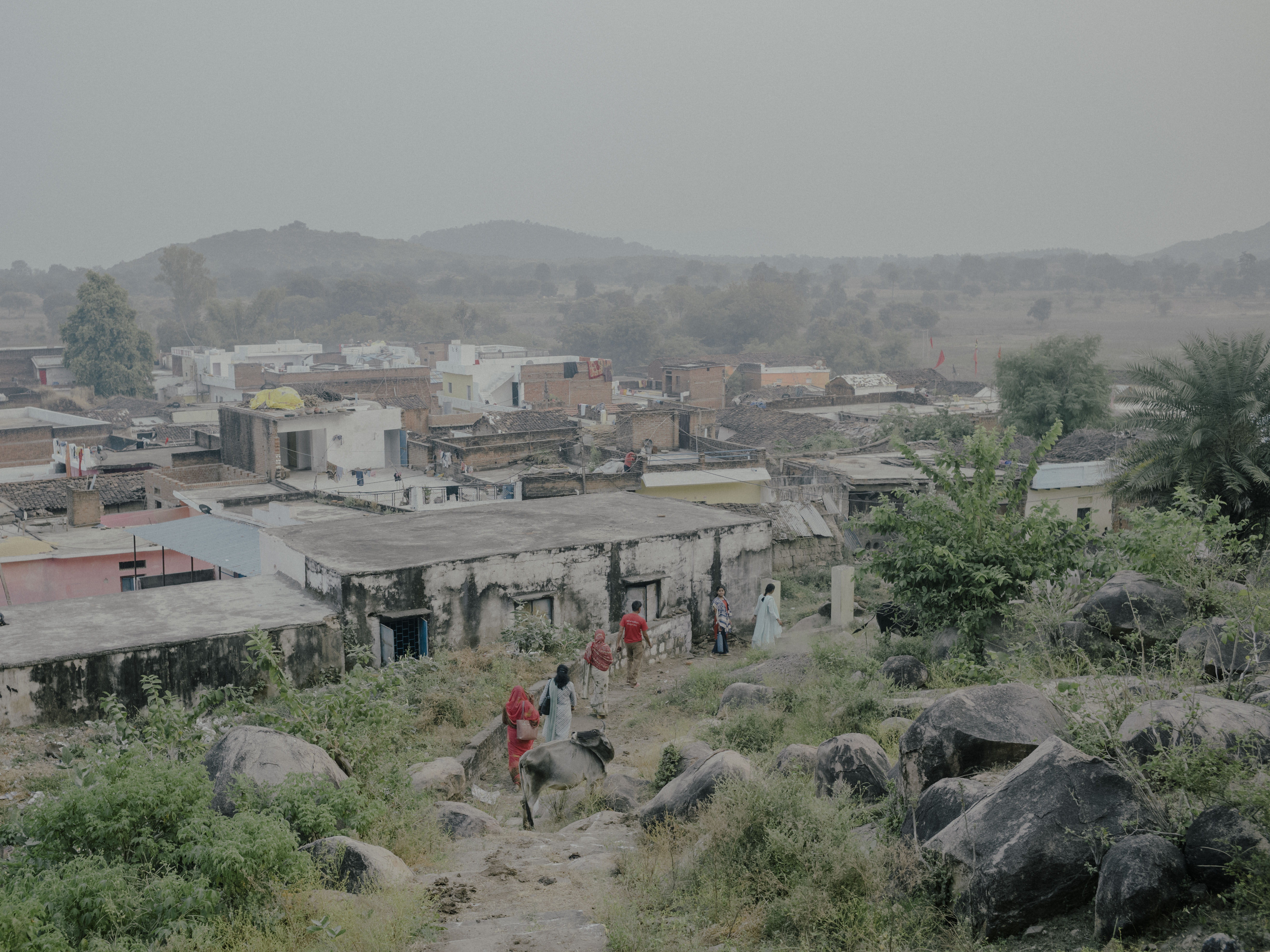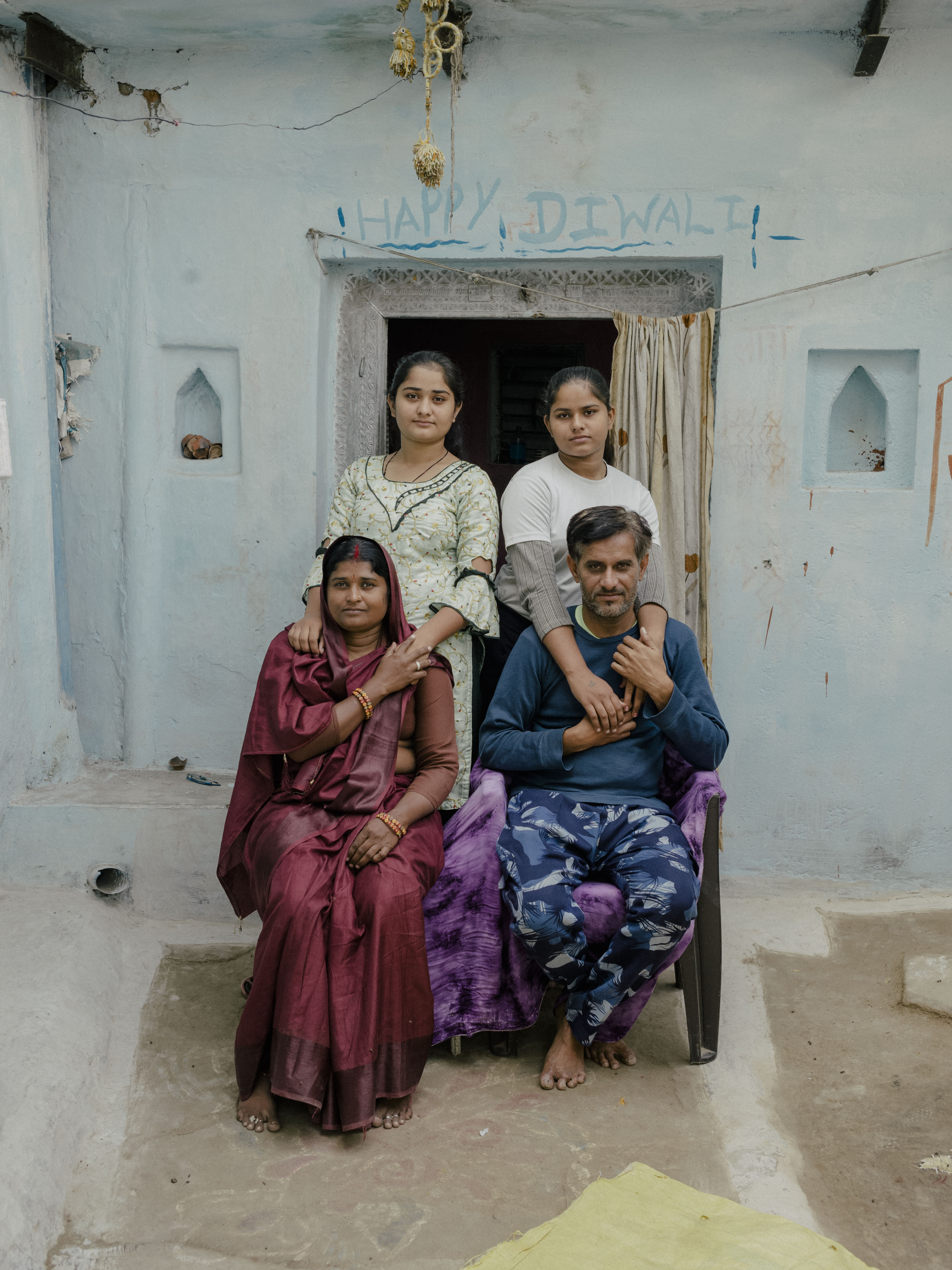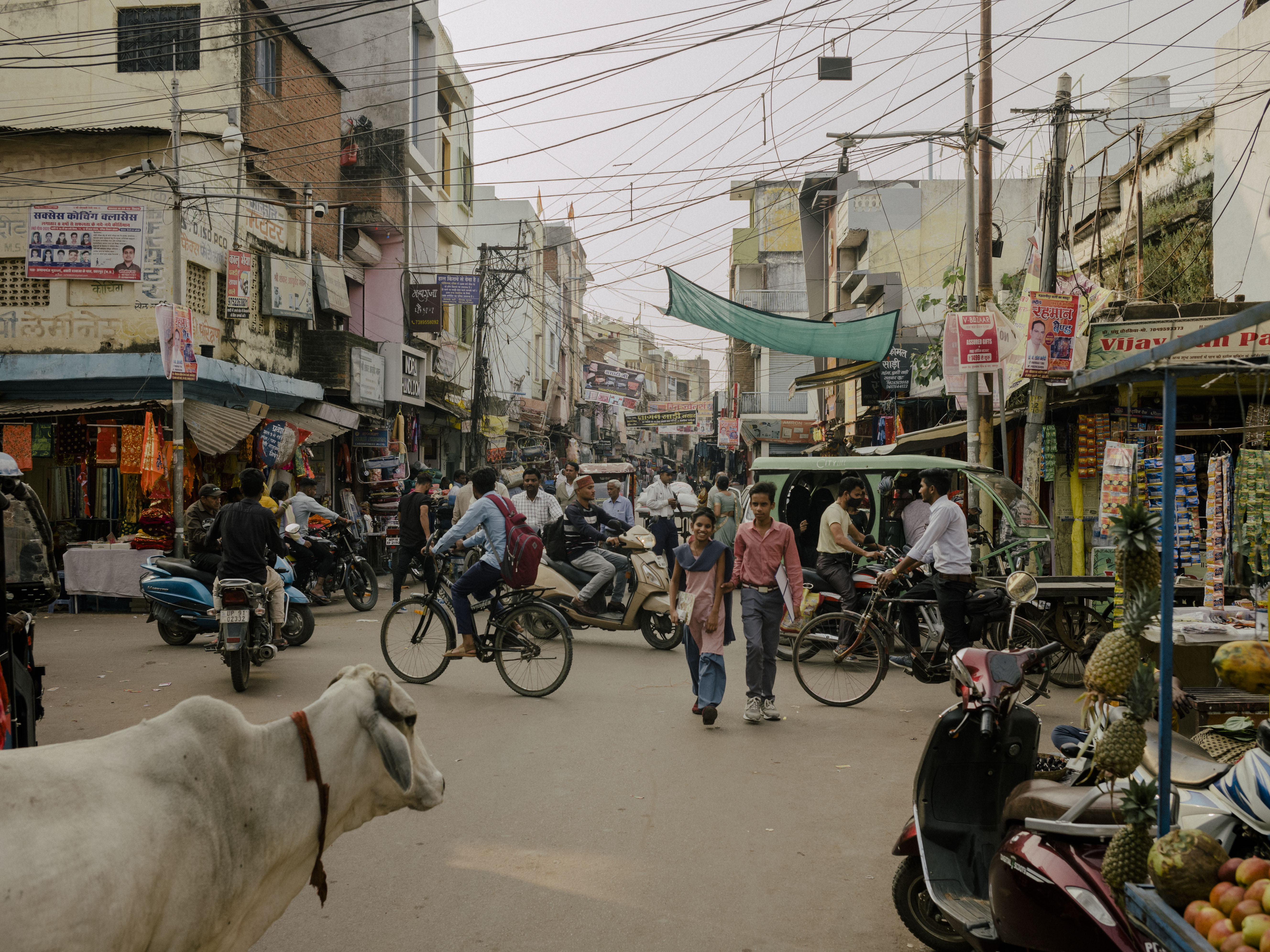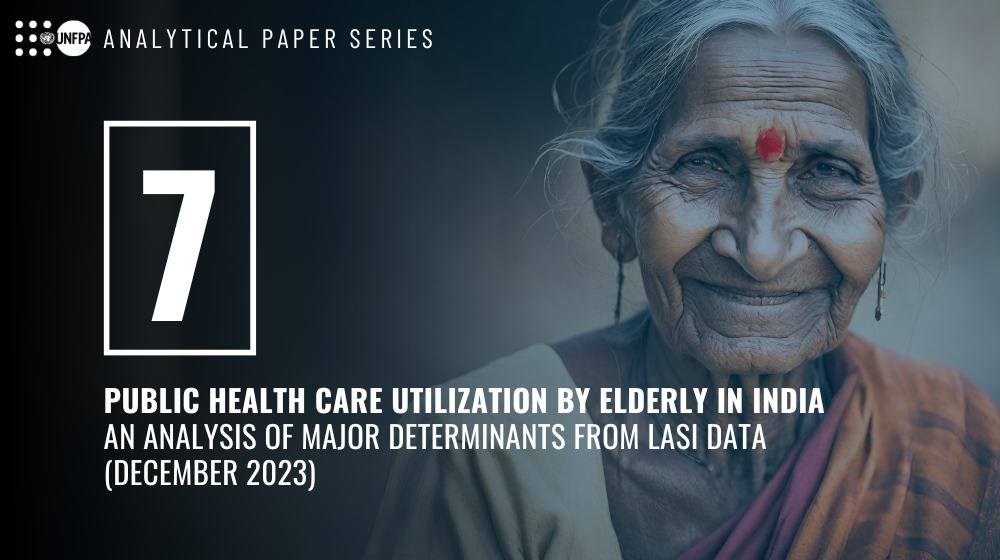Divya Chaudhry has a clear vision of the future she has chosen for herself.
The 16-year-old resident of rural Tikuri district in Madhya Pradesh, India’s fifth most populous state, aspires to a career in science, and a financially independent life. Despite the traditional gender norms that prevail in her small, conservative town, she has no plans to marry anytime soon.

In her final year of school, Divya is at the top of her class, and holds a leadership role in a UNFPA-supported youth health project.
After a Youth and Adolescent Health programme workshop at her school piqued her interest, she was shortlisted to represent her district in monthly meetings to counsel and educate young people on health issues.


and her work on health in her community.
Part of her motivation comes from her family. Despite strong social pressure, Divya’s parents decided to only have two children. Flouting the social norms that drive widespread son preference, they decided to invest all their resources into Divya and her sister Saniya. Rather than seeing their daughters as a burden, Divya’s parents have always seen them as people with unlimited potential.
Divya’s mother, Miradevi Ahirwal, is an Accredited Social Health Activist supervisor, running a team that counsels more than 10,000 families in the region on women’s health and family planning. She has inspired Divya to follow in her footsteps.

“I am passionate about health, and have an in-depth understanding of family planning and sexual and reproductive health, because of my mother’s teaching and sensitizing us on these issues,” says Divya.
“These are not topics that one should be coy about addressing or discussing. It is an important aspect of a person’s health.”

Divya’s decision to focus on her career is part of a larger trend. Many young women in India are making the choice to delay marriage and childbearing.
This has contributed to a steady decline in fertility – a demographic change historically associated with economic growth and improvements in quality of life and well-being.

Although its fertility rate has already declined to below replacement level (2.1 births per woman), and continues to fall, India’s large population will continue to make it one of the top contributors to global population growth in the coming decades. It is expected to soon overtake China as the world’s most populous country.
Meanwhile, the individual choices of young women like Divya are fuelling increased female labour force participation across India.

She has recently learned how to ride a motorcycle, which she uses to run errands. This runs counter to local gender norms, but Divya isn’t discouraged. “People in the village do talk and raise their eyebrows,” she observes. “But I have the support of my parents.”
And seeing Divya riding with freedom and grace is inspiring other girls in the village to learn how to do the same. Divya is jubilant. “This is the power of rights and choices,” she says.
All photos: ©Nanna Heitman/Magnum Photos for UNFPA | Originally published here.




